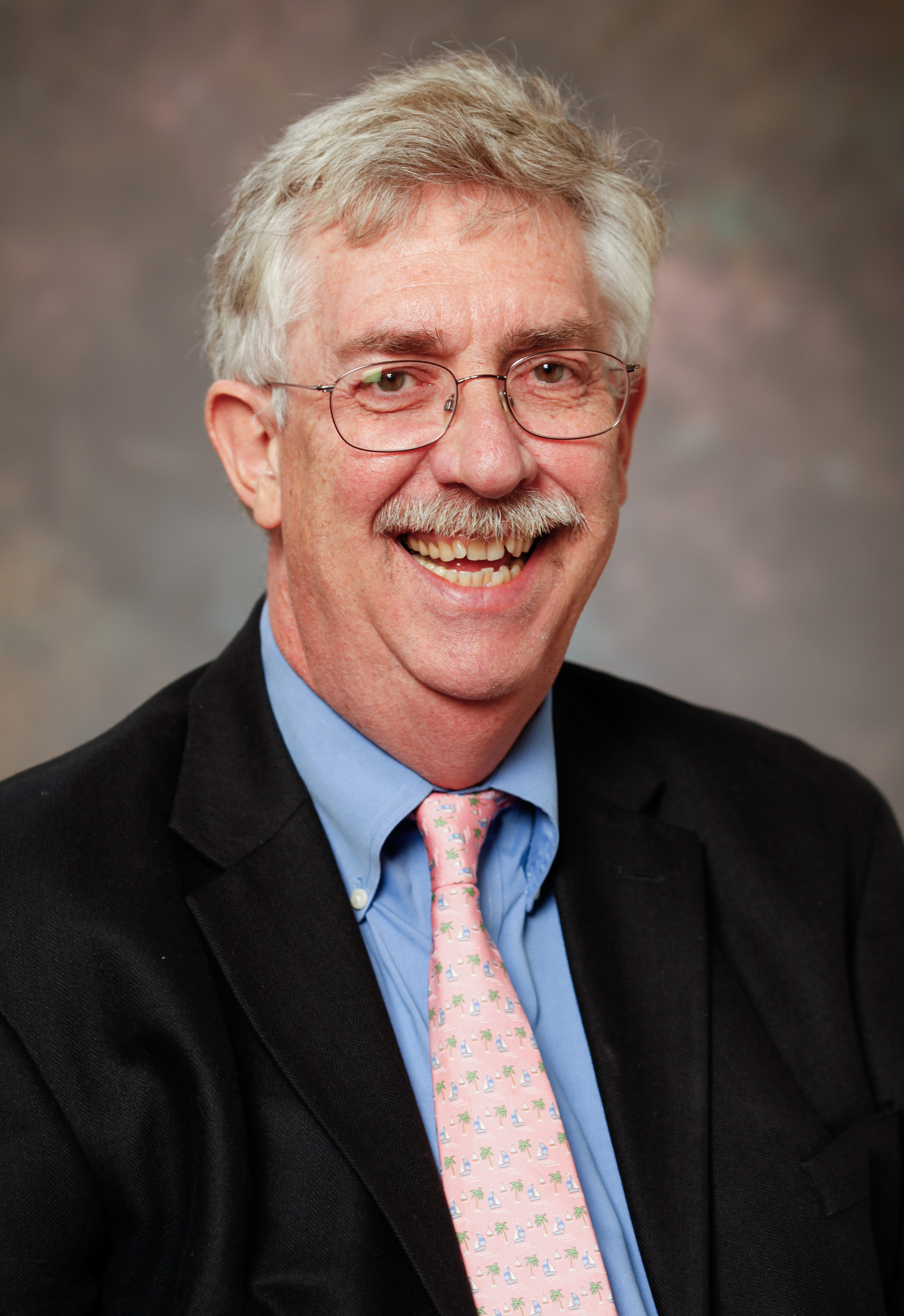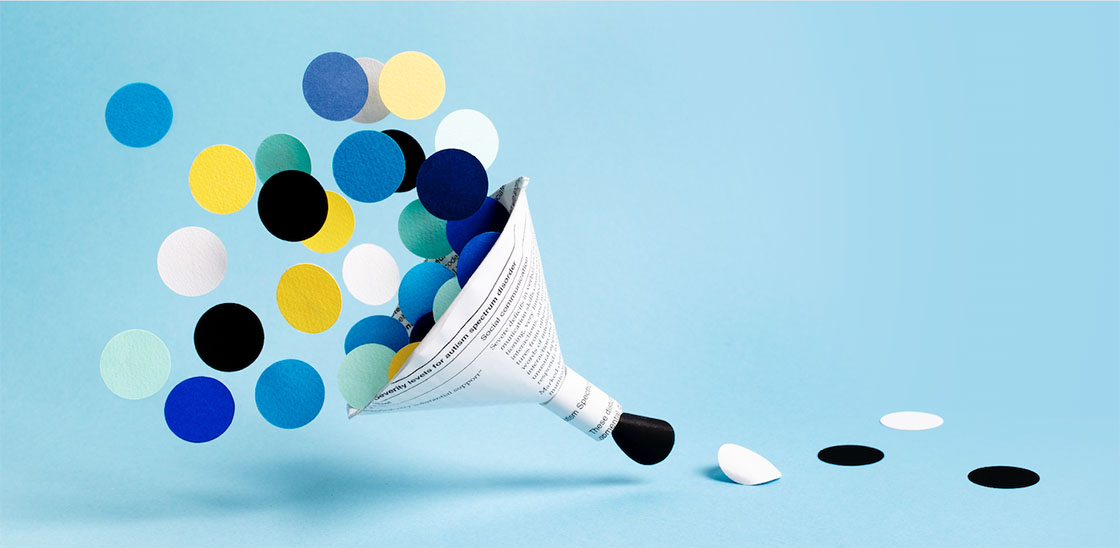Fred Volkmar is professor of child psychiatry, pediatrics and psychology at the Yale Child Study Center.

Fred Volkmar
Professor
Yale Child Study Center
From this contributor
Narrowing of ‘autism’ in DSM-5 runs counter to idea of broad spectrum
The strict definition of autism in the latest version of the diagnostic manual is antithetical to the idea that autism comes in a wide variety of forms.

Narrowing of ‘autism’ in DSM-5 runs counter to idea of broad spectrum
Fred Volkmar: A decades-long perspective on autism research
Over the past 30 years, autism research pioneer Fred Volkmar says he has learned that researchers should be humble when assigning meaning to autism behavior, and seek to translate their findings into useful applications.

Fred Volkmar: A decades-long perspective on autism research
Explore more from The Transmitter
The Transmitter’s most-read neuroscience book excerpts of 2025
Books by Nachum Ulanovsky, Nicole Rust, and Andrew Iwaniuk and Georg Striedter made the list of some of the year's most engaging neuroscience titles.

The Transmitter’s most-read neuroscience book excerpts of 2025
Books by Nachum Ulanovsky, Nicole Rust, and Andrew Iwaniuk and Georg Striedter made the list of some of the year's most engaging neuroscience titles.
Neuroscience’s leaders, legacies and rising stars of 2025
Here are seven stories from the past year about some of the field’s most engaging figures.

Neuroscience’s leaders, legacies and rising stars of 2025
Here are seven stories from the past year about some of the field’s most engaging figures.
The Transmitter’s top news articles of 2025
Check out some of our most-read stories, covering neuroscience funding and policy changes in the United States, and methodological issues in high-profile neuroscience papers.

The Transmitter’s top news articles of 2025
Check out some of our most-read stories, covering neuroscience funding and policy changes in the United States, and methodological issues in high-profile neuroscience papers.